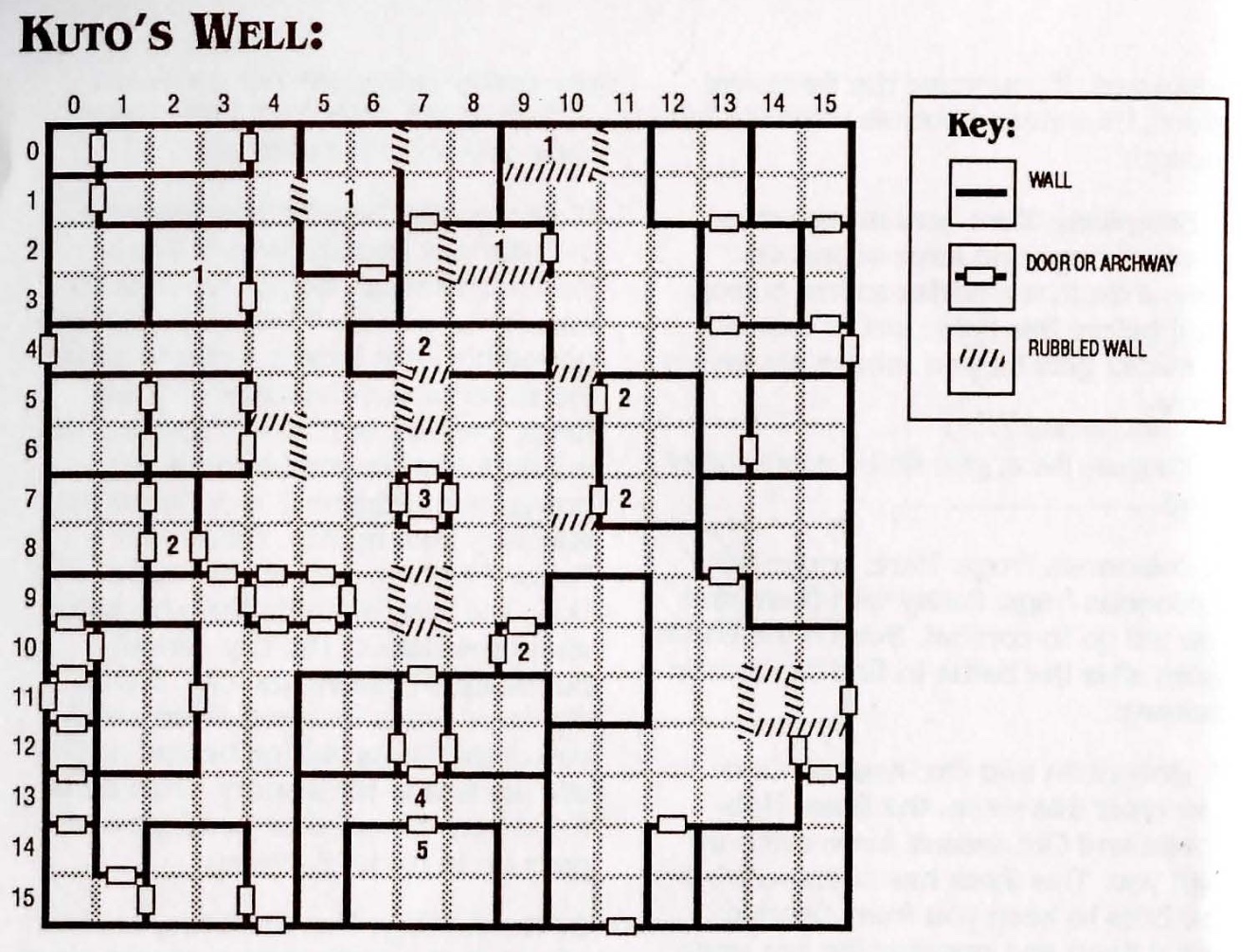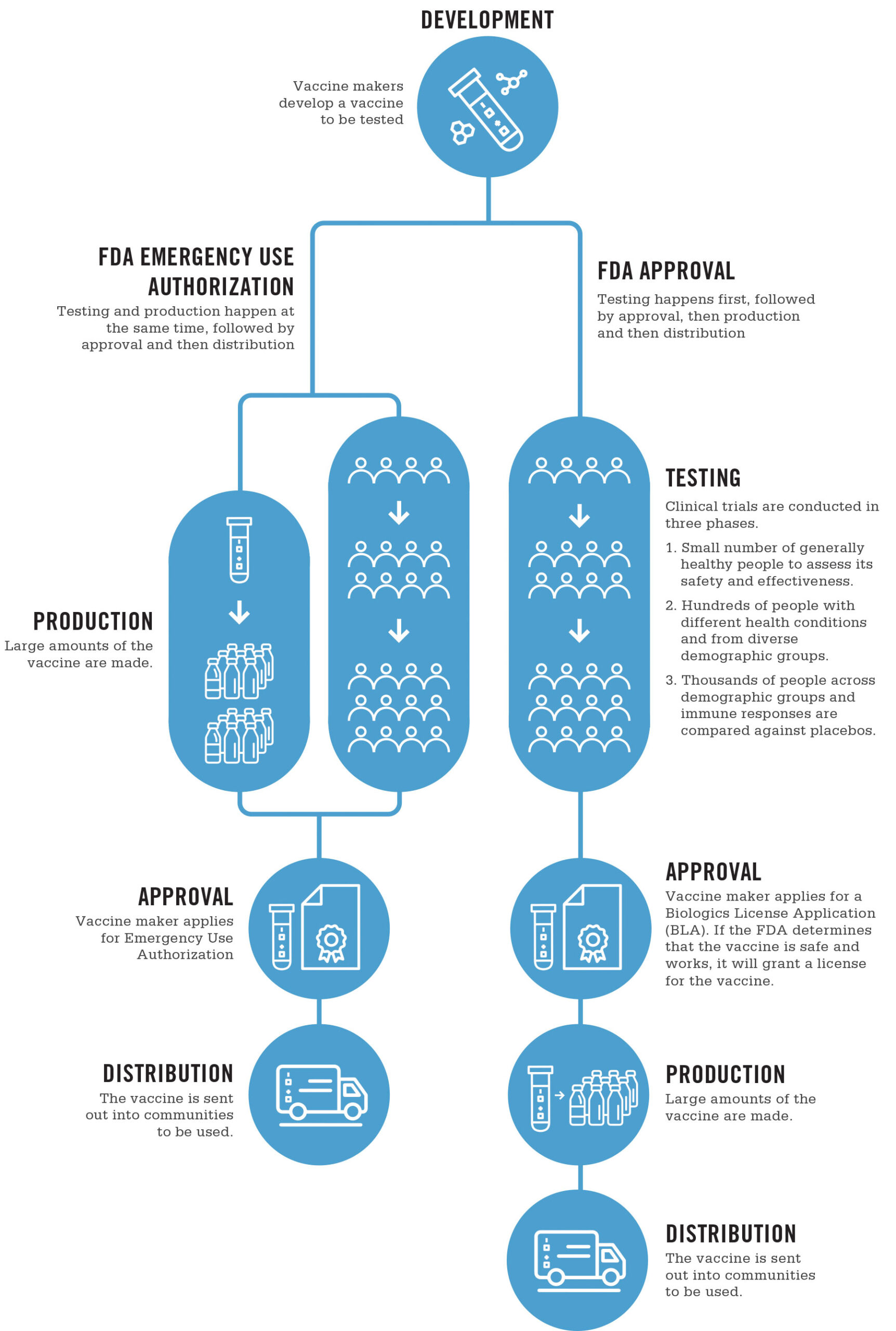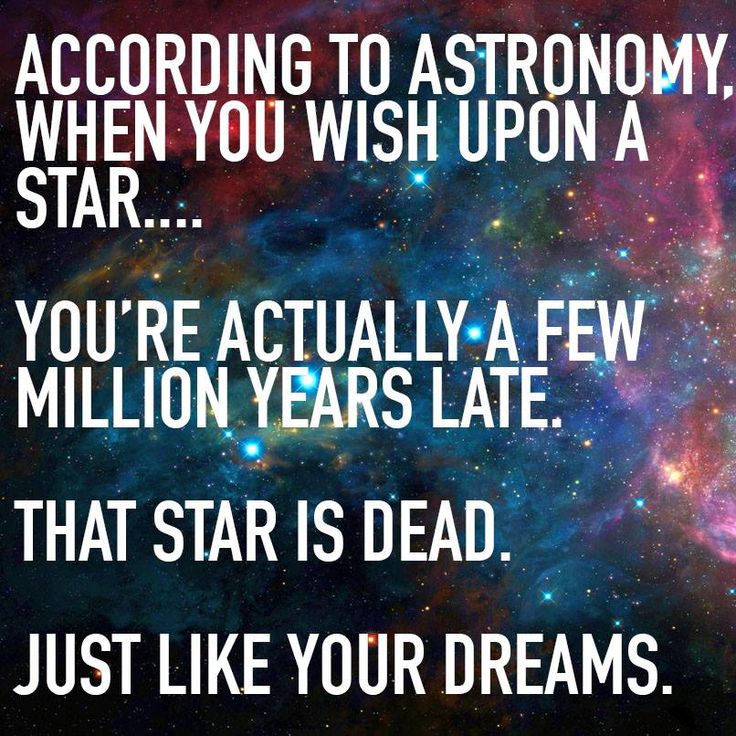[Note that this post may include mild spoilers for the Gold Box games ‘Pool of Radiance’ and ‘Curse of the Azure Bonds’, as well as ‘TES IV: Oblivion’.]
How ‘large’ is a game? How many ‘encounters’ does it have? How many ‘quests’? (And how does the type of encounters & quests affect how large the game feels?)
In an attempt to quantify my feelings, I’m working on ways to measure the ‘size’ of games, and it’s become clear that we need some standard definitions.
Most Computer Role-Playing Games (CRPGs) have the concept of ‘encounters’ and ‘quests’.
‘Encounters’ are generally defined ‘this is who you meet/this is what happens when you go to this place’.
‘Quests’ are generally defined as ‘Someone asks you to go somewhere and do something’.
Encounters are simpler, so we’ll investigate them first.
Many aspects of these definitions are cribbed from the pen and paper language around RPGs, where there will be a map with a numbered encounter key, describing what happens in each location. This visual language has persisted in ‘clue books’ and online hint/walkthroughs, such as this one, from the clue book of one of my favourite CRPGs, ‘Pool of Radiance’:

In the picture above, you can see 5 numbered encounters, with some of them happening or being able to happen in multiple locations.
In this particular instance, encounter ‘1’ is an encounter with some Kobolds who are trying to sneak away from you, with a chance of occurring each time you enter one of those squares. Encounter ‘2’ is a large multi-wave battle that starts whenever you enter one of those locations (triggering an ambush).
Other similar encounter keys might have a ‘each time you enter one of these locations for the first time,
So, how do you count the number of ‘encounters’?
Let’s break down the definition of ‘encounter’:
– You go to a place[1]
– You see something/meet someone/meet something
Encounter ‘1’ above triggers when you enter the first place out of a logical set of places that you enter, that probably feels like one encounter for these purposes, as it’s happening in a logical place.
Encounter ‘2’ is similar.
At the opposite end are ‘random encounters’, which are generally used to use up player resources, or to create a sense of urgency, so that players don’t dawdle[2]. These I will generally count, but count separately from ‘placed’ encounters. (Edit: S mentions that random encounters, for example in Pokemon games are often used by the player to ‘grind’ or ‘farm’ XP, to level up their characters outside of the more story-based game content. Interestingly, one could measure how much a game is in the ‘survival horror’ genre by how difficult and resource-consuming random encounters are (cf. System Shock).)
Somewhere are in the middle are random encounters which have a sequence of some sort, but are not tied to any one particular location, such as those in the ‘random’ dungeons in Curse of the Azure bonds:

(if you’re interested in the details, please consult Stephen S. Lee’s excellent walkthrough here.)
Game locations designed in this way have the same ‘number’ of encounters, and even though they occur in a defined order, telling a story, the fact that they happen entirely at random, without regard for the location or geography, breaks immersion terribly (at least for me). They tend to feel emptier than other encounters, and (to me), only contribute a fractional amount.
What if a place is different when you go back? Is that a second encounter? I don’t know yet. I’ll have to assess that when I get to examples.
What if you have the same encounter 10 times, with each in an identical but seemingly logical place(such as guard posts)? Is that really 10 encounters? Not really…but it also doesn’t really feel like only one. I posit that it’s somewhere between. I’ve been using a log function internally, probably with base e, as base 10 feels too large and base 2 feels too small, but I could easily see it be something else, where the first few seem ‘real’, but after that they run together much more.
Now, let’s move on to ‘quests’
We can break ‘quests’ down into:
– Someone asks you to do something
– You go somewhere
– You do a thing
Pretty simple, right? This includes all ‘fedex’ fetch quests, escort quests, and even most of the ‘escape from this location’ quests.
The trick is when one of the above is missing, such as when you accidentally find the object of a quest before someone tells you to go looking for it (VLDL has a humorous portrayal of this here). This is generally still defined as the same ‘quest’ in the game notes, as well as in strategy guides, but some (such as S) believe that the ask is required (and without the ask, this is simply ‘world-building’).
Sometimes, no one asks you to do something, but there is still a reward when you do it (such as this quest from Oblivion[3]), or they are happy that you’ve done it (such as the dungeon below Kuto’s Well above, where you get a quest reward for defeating the bandit horde of the notorious Norris the Gray). I would still call those ‘quests’, though. Perhaps there’s a difference between ‘Quests’, which require all three, and ‘quests’, which are ‘whatever the game designer says’. 😀
What if you don’t need to go somewhere? This might just be an encounter, or if it’s particularly involved, it could be an all talking interpersonal drama gaming session (or even a game within a game….)
What if the ‘thing you need to do’ is just getting to the destination? I feel like this one can go either way. Most of the quests in the Oblivion Assassins’ guild have a ‘pre-quest’ which involves getting the assignment. I’m not sure why they did it this way, but it kind of makes sense that an assassins’ guild would want it to be difficult enough to figure out what they were doing, that it might be a quest just to get to the dead drop to find the assignment. However, about half of the locations in Curse of the Azure Bonds are just places that the party has to traverse to get somewhere in order to do something important. To me, this doesn’t really feel like a separate quest (sometimes not even like a separate location), and in a lot of ways makes the game feel smaller.
What do you think? How would you define an ‘encounter’ or a ‘quest’? Do you disagree with any of my definitions above? Let me know in the comments below!
[1] There are variants where encounters can come to you, but that’s usually a different type of story/measurement and is out of scope. This method would probably treat these as one encounter, or you could get really fine-grained and treat that as an entire adventure with ‘locations’ represented by the state of affairs at each step.
[2] There’s also a theory that random encounters are useful because they allow for a differential in stakes between different encounters by having lower-stakes encounters.
[3] I can’t begin to describe how frustrating this quest was, and how difficult it was to do, even with the walkthrough page open beside me. Probably the most ‘realistic’ of the ‘finding something hidden’ quests out there, though.



